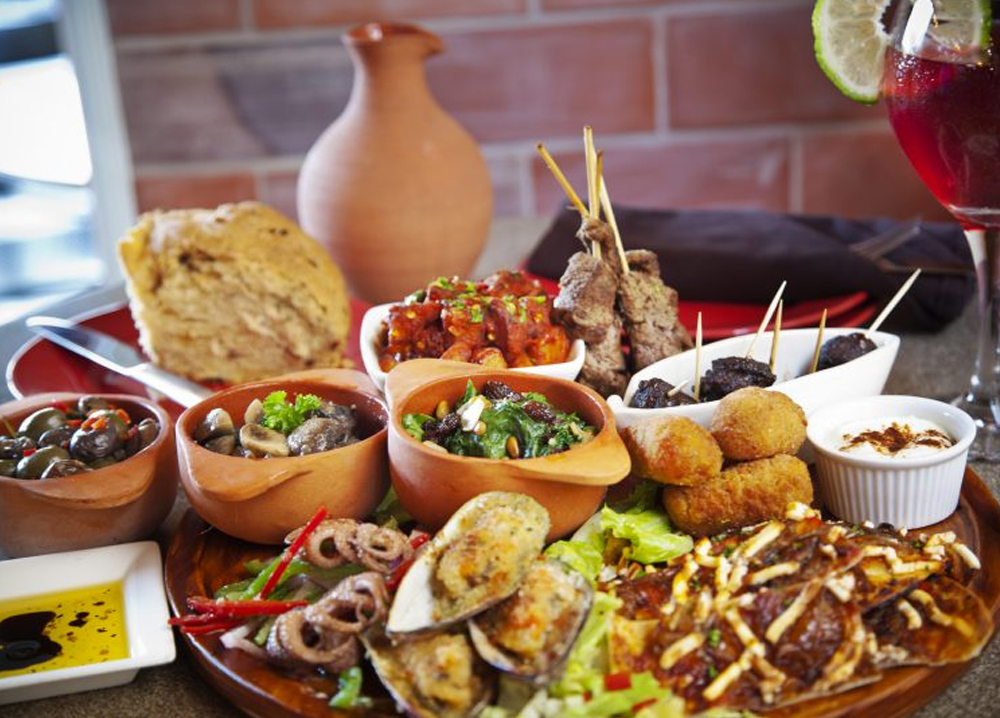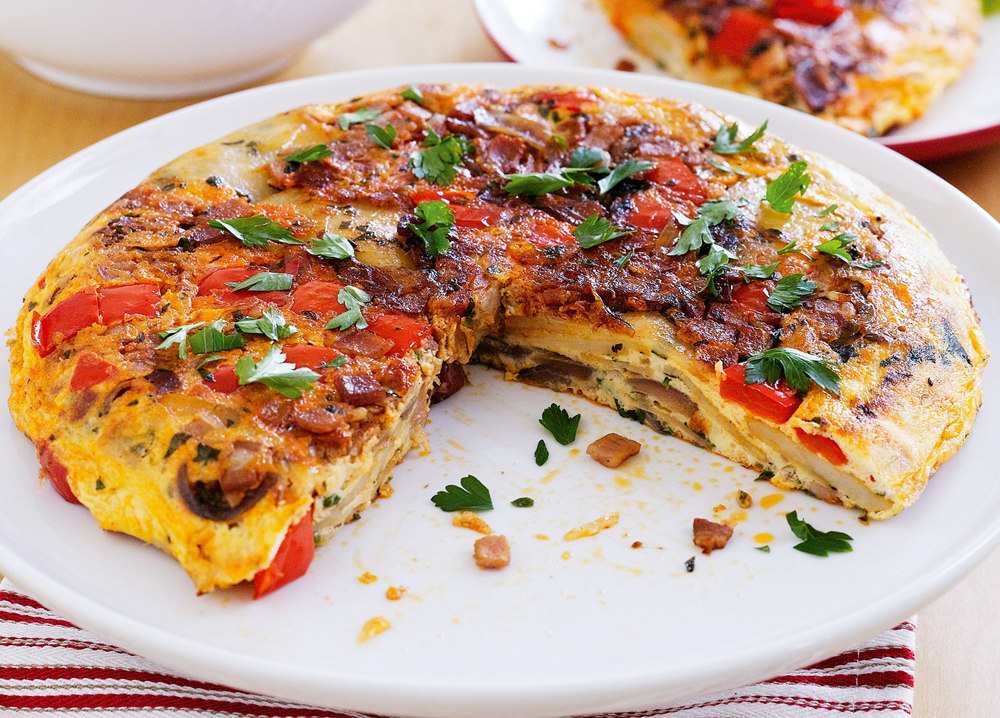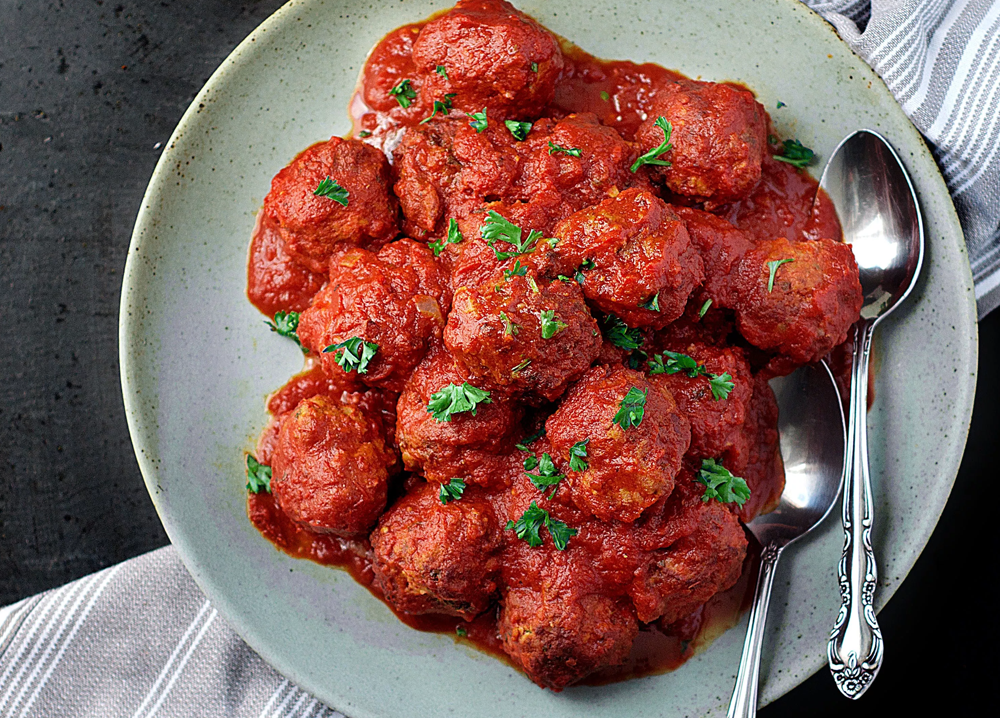Spanish Fiesta – Food Adventure

Spain enjoys approximately 300 sunny days a year with food, wine and other local produce available to travelers all year round. Spanish food is of course one of the most flavorsome cuisines, with its simple, unpretentious fare and infused with beautifully fresh seasonal ingredients.
An added benefit is that Spain is also one of the best value destinations in Europe for a summer getaway.
This European summer we’re embarking on the finger licking adventure around Spain, following the delicious print of this beautiful country.

1. Tapas
The word tapas is derived from the Spanish/Portuguese verb tapar, meaning to cover. Before the 19th century, European travelling was slow and exhausting due to the very poor condition of the roads. On these long journeys, Europeans would stop at Inns, called posadas, albergues, or bodegas, for food, accommodation and fresh horses to continue the travel.
Since few innkeepers could write and few travellers could read, inns offered their guests a sample of the dishes available, on a tapa (literally pot cover in Spanish). Ever since, a tapa has come to mean a small portion of any kind of Spanish cuisine. Next time you snack on a canapé, you might as well call it tapa!
What is the most common Spanish tapas food?
Spanish omelet (Tortilla Española) is one of the most popular dishes. Something that is easy to cook but is full of flavour is of course garlic shrimp (Gambas al Ajilo). And one of our favourite types of tapas is grilled octopus (Pulpo Gallego).

2. Gazpacho
A soup that is great both in summer and winter and any time in between, Gazpacho is a cold soup made of raw blended vegetables. It originated in the southern region of Andalusia, a large and beautiful autonomous region of hills, rivers and farmland bordering Spain’s southern coast.
Anyone who’s been to Spain on a hot summer day can easily relate to how refreshing it is to eat a bowl of this chilled tomato gazpacho. One of the things that we love about gazpacho is all the different topping options. The traditional toppings usually consist of diced bell peppers, diced boiled eggs, and diced cucumber. However, you can choose your own toppings, for example, avocado, diced or sliced. Yum!

3. Spanish omelet
Although any small amount of Spanish food is called tapas, Spanish omelette, or tortilla española, tortilla de patatas or tortilla de papas, is a culinary art in itself. It’s an omelette made with eggs and potatoes, sometimes also with onion and/or chives or garlic, fried in oil and often served cold as an appetizer.
There are a few mysteries surrounding Spanish omelette. Many contradicting stories are told about the origin of Spanish omlette without any facts found to date. The controversy surrounding the inclusion or not of the humble onion in the omelette is one that could keep some Spaniards talking for hours. And of course, any crazy add-ons is a lifelong debate for any Spanish cuisine enthusiasts who are trying to determine which mixes are the most suitable, ranging from chorizo to green pepper, cheese or even tuna.

4. Paella
This colourful dish originated in the rice-growing region of Valencia as a dish to feed farm workers. Consequently, the rice was bulked up with whatever was at hand, typically rabbit, chicken, snails and beans. Very diverse! As you can tell, rice is the centre of the Paella’s attention, so it’s important to have the correct rice. Bomba, a short grain with super flavour soaking abilities, is one of the best options. Don’t forget the Spanish wine, beans, some vegetables, fish or meat and saffron. We can smell it already!

5. Croquettes
Croquettes are simply a breadcrumbed and fried roll of food leftovers, usually bound with béchamel sauce or mashed potatoes. They are heavenly delicious!
Spain specialises in croquettes, a culinary tradition stemming from its frugal past. Spaniards prepare a few different types of croquettes making them ever so delicious: ham, pulled chicken, mushroom, cod and shrimp are a few of our favourites. Mashed potato-filled croquettes are often served as a side dish in winter holiday meals, such as Christmas. This is a priceless tradition now adopted all over the world.

6. Albondigas
Spanish meatballs in garlic tomato sauce sounds like a dish made in heaven. Although often served as tapas food, in small bites, there is no reason why Albondigas cannot become your dinner fiesta here or in Spain. There is the traditional Mexican soup featuring meatballs, referred to as albóndigas, and then there is the Spanish meatball, also referred to as albóndigas. We find it fascinating how diverse this dish can be! In fact, historians do not agree on the origin of the Spanish meatballs; some say that it’s of an Arab origin while others claim that its origin it to be found in Medieval Europe, or even in The Roman Empire of Apicius.
Regardless of the cuisine’s authorship, these meatballs are best served with crusty bread as you don’t want to leave behind any of the smoky sauce that smothers them. Mmmmmm.

7. Cured meats
We could have had a whole separate blog about Spanish Cured meats. Moreover, each region in Spain has very distinct styles of spicing and curing meats. Some rely on hot smoky paprika, while others opt for the herby combination of rosemary and garlic. In fact, this isn’t a whole separate blog but a book! A very delicious one!
From Spanish blood sausages to hot chorizo, Spanish cured meat is like a world of art. Cecina, beef’s answer to Spanish ham, is one of our favourite options with its deep and rich flavour. Botifarra is something to taste when travelling in Spain – typically white sausage is popular in the northeastern province of Catalonia. It is so pale because it does not contain any blood. Jamon is the irrefutable king of Spanish cured meats.
Any Spanish eatery you visit in the country, whether a small cafeteria or an upscale restaurant, you will undoubtedly find one thing on the menu – a plethora of Spanish cured meats.
If you’d like more information regarding Food Tours, please don’t hesitate to contact our team on 1800 242 353.
